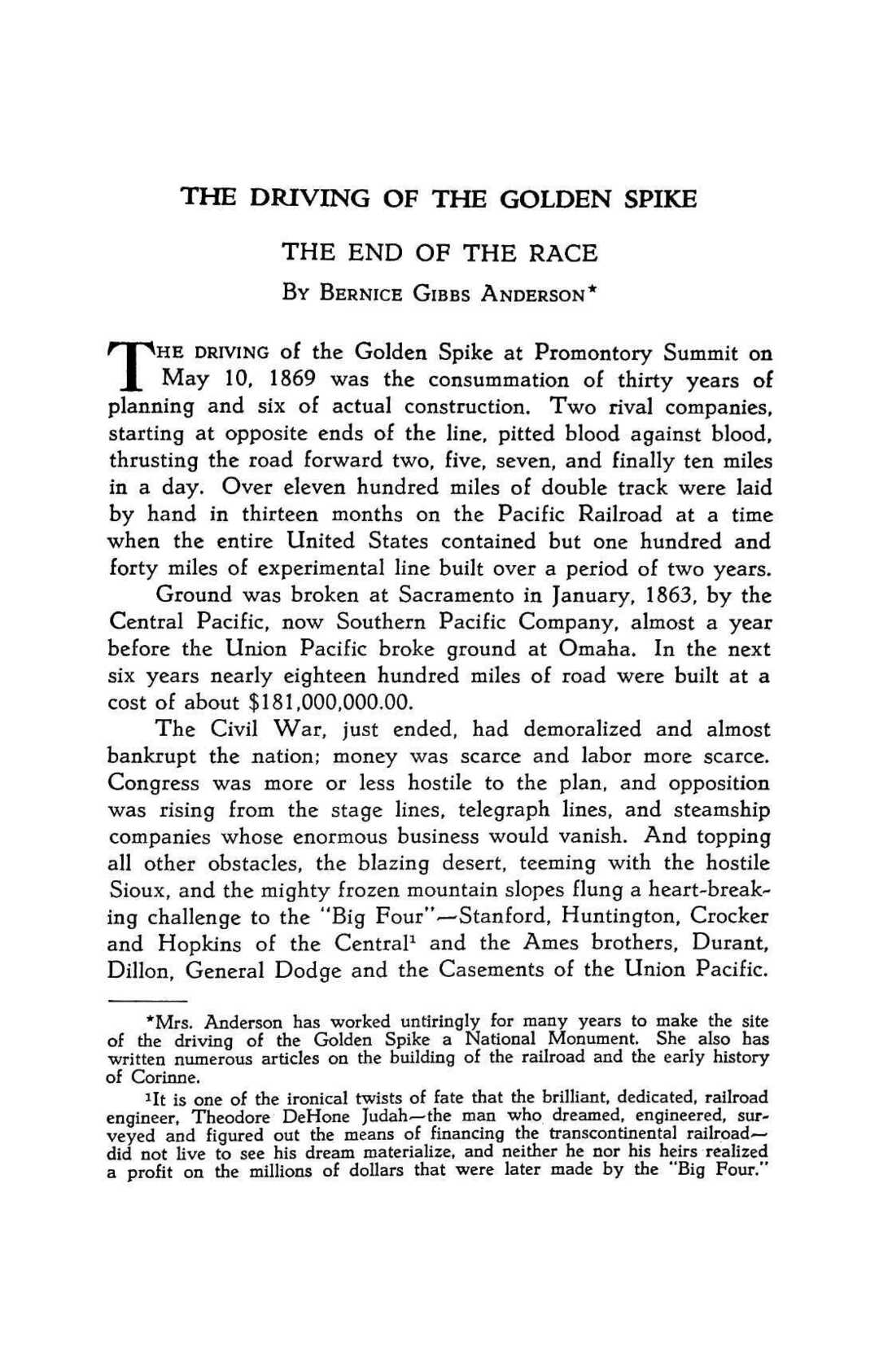T A X A B L E I N C O M E I N U T A H , 1862-1872 BY LEONARD J. ARRINGTON*
T
he American people have had three separate experiences with federal income tax laws. The first, which applied from 1862 to 1872, was originally devised as a means of raising revenue to fight the Civil W a r . The second, as passed in 1894 to meet depression deficits, was declared invalid by the Supreme Court before it had become fully effective. The third and present law followed ratification of the Sixteenth Amendment to the Constitution in 1916. A study of Utah's experiences under the first federal income law is now made possible by documents which are preserved in the Bancroft Library and the National Archives. These documents consist primarily of assessors' tax lists and official correspondence. While income tax returns did not always disclose the entire income of taxpayers, and while there were doubtless many cases of tax evasion through failure to report (particularly among those in the lower brackets) and tax avoidance (by those in the upper brackets), available documents reveal interesting and informative data in relation to the incomes declared by Utah's pioneer citizens and the income structure of Utah's pioneer economy. As signed by President Abraham Lincoln on July 1, 1862, the first law required citizens of states and territories to file an annual return on all income over $600. 1 This income was subject to a tax of 3 per cent on all incomes from $600 to $10,600, *Leonard J. Arrington, Associate Professor of Economics at Utah State Agricultrual College, has been working on the economic development of Utah under the auspices of the Committee on Research in Economic History, Dr. Thomas G Cochran, chairman, and Dr. Artfiur H. Cole, editor. x Sidney Ratner, American Taxation: Its History as a Social Force in Democracy (New York, 1942), 65-99, 111-44; Kossuth Kent Kennan, Income Taxation: Methods and Results in Various Countries (Milwaukee, 1910), 237-56; Joseph A. Hill, "The Civil War Income Tax," Quarterly Journal of Economics, VIII (1894), 416-52, 491-98; and Edwin R. A. Seligman, 77ie Income Tax: A Study of the History, Theory, and Practice of Income Taxation at Home and Abroad (New York, 1911), 430-81.




















